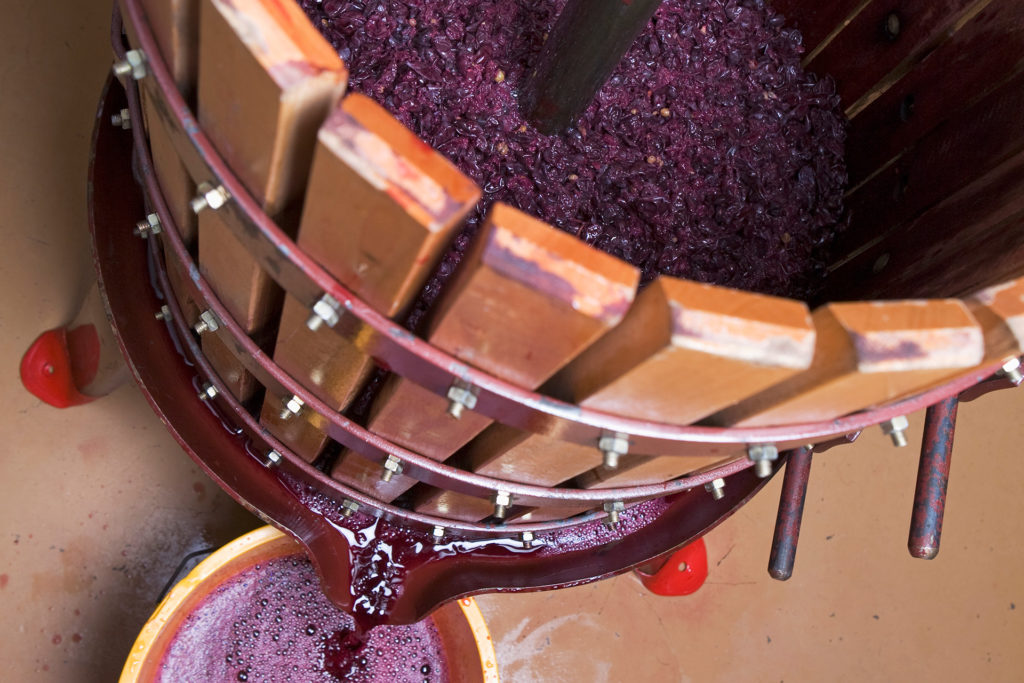Winemaking is not just a blind way but it involves science behind it. The making of wine has several steps involved in it and this process is being done for many years by Austin Wines. All the steps involved in winemaking should be followed correctly or else the outcome may be altered.
There are 5 steps involved in making and they are as follows:
Step 1: Harvesting
Harvesting is the first and the foremost step involved in making wines. Wine is made from grapes as it comprisesesters, tannin, and few acids in it and they are very important to produce wine and their taste. Not all the grapes are taken from the yard give you good taste so the selection of grapes is very important. The sweet taste and flavour will be good if the selection of grapes is great and proper. Weather is also very crucial.
Harvesting can be done by hands and machines but most people, especially professional winemakers, love to make their own hands. Professional winemakers think that machines sometimes will alter the taste of wine. The selection of good grapes from the collection basket is important.
Step 2 – Crushing
After the grapes are collected and grouped, the grapes should be de-stemmed. After removing stems they should be allowed to crush. Earlier the crushing process was done
by legs i.e, they used to press against the floor by the feet.
Now, most makers do the crushing process by using machines. There are many types of mechanical presses available in the market.
If you want to make wine the crushing process should be so quick because white wine should not get coloured quickly so the grapes seeds and peel should be separated faster.
Step 3 – Fermentation
After the crushing process, the fermentation process should start. Fermentation should be done after a few hours after crushing and the addition of wild yeast should be done. Some add cultured yeast to the solution.
The fermentation process changes the sugar into wine and fermentation should be continued till complete sugar is changed into wine.
To prepare sweet wine, one should not continue with the complete conversion of sugar to wine but they have to stop in the middle. For the complete process, it generally takes a few months.
Step 4 – Clarification
Now after the fermentation process, one needs to clarify the wine. The wine has many substances in it like tannins, yeast and now they should be eliminated from the wine.
All the wine which is fermented is now stored in stainless steel containers. For clarifying one needs filtration paper along with some substances. Some people add clay to the containers so that all the substances can attach to the clay and filtration can happen.
Step 5 – Aging and Bottling
This is the ending process and here the wine process is completed and now one can fill the wine in the bottle or if they want to add age to the wine they can do and go for the step of ageing. For ageing, you need to keep all the wine in the stainless steel container or oak container and generally oak container for better taste.
If the desired ageing is completed, then they can be bottled up.
